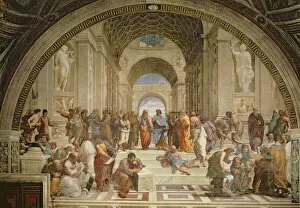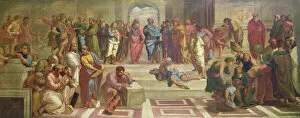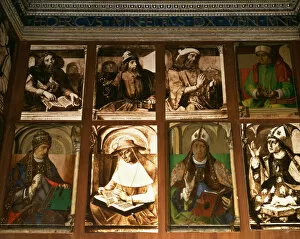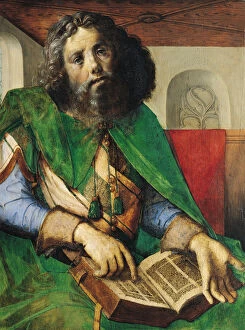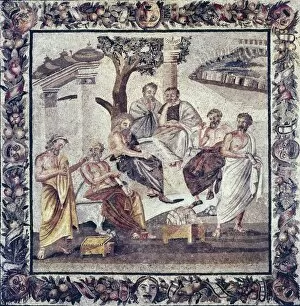Platon Collection
Platon, the renowned philosopher of ancient Greece, continues to captivate us through various artistic representations and historical accounts
For sale as Licensed Images
Choose your image, Select your licence and Download the media
Platon, the renowned philosopher of ancient Greece, continues to captivate us through various artistic representations and historical accounts. From the iconic fresco "School of Athens" by Raphael in the Stanza della Segnatura, we witness Plato's intellectual presence alongside other great thinkers like Aristotle. The oil painting "Portrait of Platon, Metropolitan of Moscow and Kolomna" showcases a different Platon altogether – a religious leader who left his mark on Russian history. Intriguingly, there is also a portrait of German philosopher Friedrich Heinrich Jacobi set against Kellersee in Eutin. Although unrelated to our beloved Plato, it reminds us that philosophical ideas transcend time and borders. Returning to Plato himself, we encounter him once again in pen and ink form as depicted in an old black-and-white photograph. This simple yet profound portrayal highlights his enduring influence on human thought. Delving further into history, we discover an exquisite vellum illustration from the late 15th century's "Histoire des Philosophes, " featuring Plato among other esteemed philosophers. Such depictions serve as testaments to his lasting legacy. The detailed center section of Raphael's "School of Athens" draws our attention towards various figures including Plato and Aristotle – two pillars upon which Western philosophy was built. Their intellectual exchange immortalized within this masterpiece echoes throughout centuries. A striking oil panel painting from around 1475 captures another dimension of Plato's essence with meticulous brushstrokes conveying both wisdom and depth. It serves as a visual testament to his significance during the Renaissance period. As we explore diverse art forms inspired by Platon or bearing his name, let us not forget Archbishop Platon (1866-1934), born Porphyry Theodorovich Rozhdestvensky. His life exemplifies how individuals can carry forward namesakes while making their unique contributions within their respective fields.

